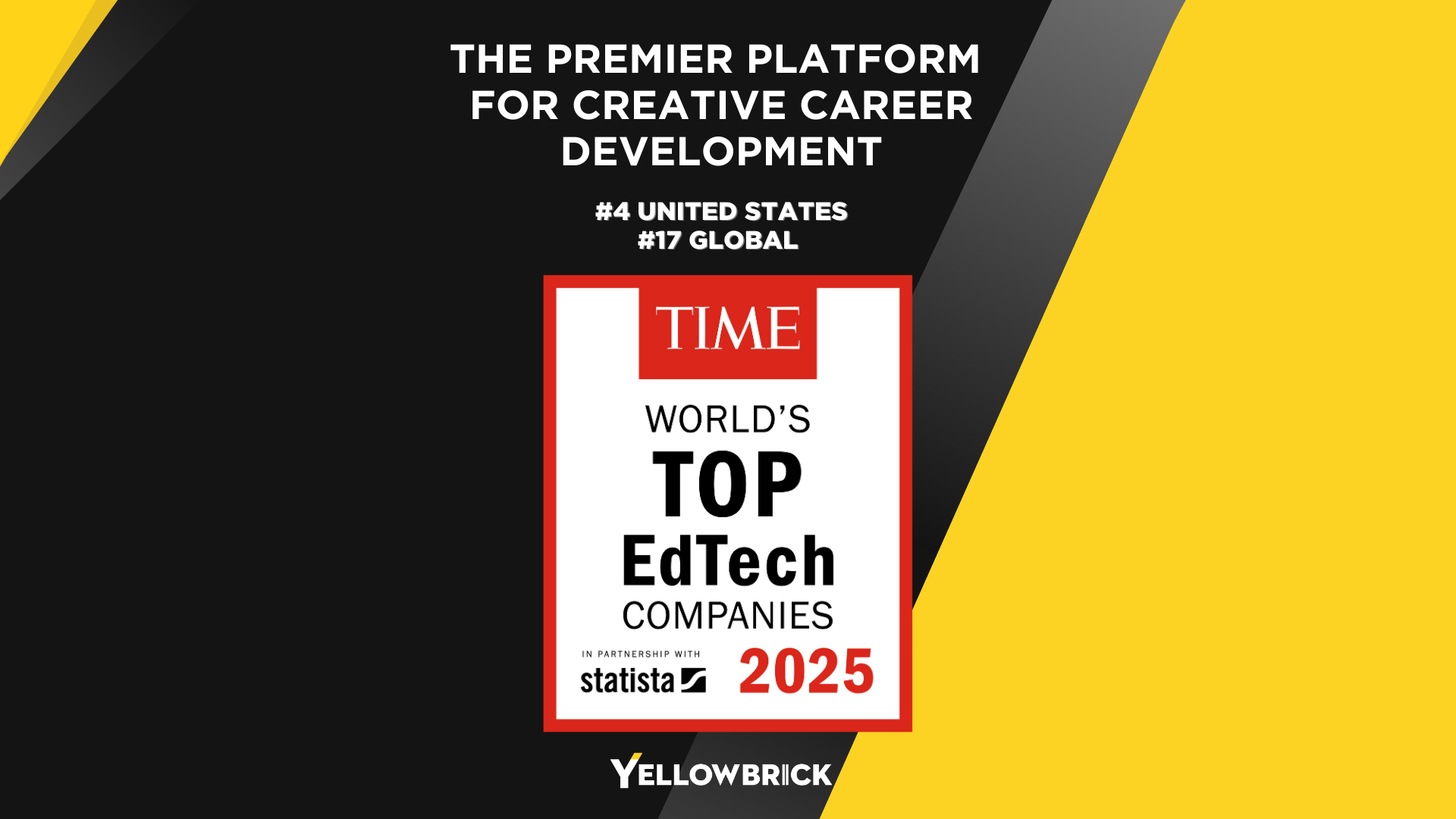Animation has long been recognized for its captivating visuals and storytelling capabilities in the entertainment industry. However, its influence extends far beyond movies and TV shows, making a significant impact on interior design aesthetics.
The fusion of animation and interior design has led to a creative renaissance, where spaces are transformed into immersive environments that evoke emotions and engage the senses.
Concept Artistry in Interior Design
Animation is a creative medium that thrives on imagination and visual storytelling. Concept artists in the animation industry are responsible for translating ideas into visually compelling artworks that serve as the blueprint for the final product.
Similarly, in interior design, concept artistry plays a crucial role in the initial stages of a project. Designers use sketches, mood boards, and digital renderings to communicate their vision and establish the aesthetic direction for a space.
By borrowing techniques from animation, interior designers can infuse their projects with a sense of narrative and fantasy, creating environments that transport occupants to different worlds.
Color Theory and Mood Setting
Color plays a vital role in both animation and interior design, influencing the mood and atmosphere of a scene or space. In animation, color theory is used to evoke emotions, differentiate characters, and establish visual hierarchy.
Similarly, interior designers leverage color psychology to create harmonious, cohesive spaces that reflect the desired mood or ambiance.
By understanding the principles of color theory in animation, designers can effectively use color palettes to enhance the aesthetic appeal of a room and evoke specific emotions in its occupants.
Spatial Design and Storytelling
Spatial design is another area where animation’s influence on interior design aesthetics is evident. In animation, spatial design involves the arrangement of elements within a frame to guide the viewer’s focus, convey depth, and establish a sense of scale. This same concept applies to interior design, where designers use furniture, lighting, and architectural elements to create functional and visually appealing spaces.
By incorporating principles of spatial design from animation, interior designers can craft environments that tell a story, guiding occupants through a narrative journey as they move through the space.
Texture and Detailing
Animation is known for its attention to detail, with artists meticulously crafting textures and surfaces to enhance the realism and believability of the animated world. In interior design, texture plays a crucial role in adding depth, visual interest, and tactile appeal to a space.
By borrowing techniques from animation, designers can experiment with different materials, finishes, and textures to create dynamic and engaging environments that stimulate the senses.
Lighting and Atmosphere
Lighting is a powerful tool in both animation and interior design, shaping the mood, ambiance, and visual composition of a scene or space. In animation, lighting is used to establish the time of day, create shadows, and evoke emotions through the play of light and shadow.
Moreover, in interior design, lighting design is essential for setting the mood, highlighting architectural features, and enhancing the overall aesthetic of a room.
By studying lighting techniques used in animation, designers can master the art of illumination, using a combination of natural and artificial light sources to create dynamic and immersive environments that captivate and inspire.
Interactive Experiences and Technology
Advancements in technology have revolutionized both the animation and interior design industries, paving the way for interactive experiences that blur the lines between physical and digital worlds. In animation, virtual reality (VR) and augmented reality (AR) technologies are used to create immersive storytelling experiences that engage audiences in new and exciting ways.
Furthermore, in interior design, these technologies are transforming how designers conceptualize, visualize, and present their projects. By embracing digital tools and interactive technologies, designers can push the boundaries of traditional design practices, creating innovative and experiential spaces that resonate with modern audiences.
Cinematic Influences and Spatial Narratives
The cinematic qualities of animation have inspired a new wave of spatial narratives in interior design, where spaces are designed to evoke the same emotional impact as a compelling film or animation sequence.
By drawing on cinematic techniques such as framing, composition, and pacing, designers can create immersive environments that unfold like a visual story, capturing the imagination and engaging the senses.
Collaboration and Cross-Disciplinary Practice
The intersection of animation and interior design has given rise to a new era of collaboration and cross-disciplinary practice, where artists, designers, and technologists come together to explore innovative ideas and push the boundaries of creativity.
By fostering partnerships between professionals in both industries, new opportunities emerge for experimentation, innovation, and knowledge exchange.
Embracing the Future of Design
As technology continues to evolve and shape the way we experience the world around us, the future of design lies at the intersection of animation and interior aesthetics. By embracing the principles, techniques, and creative spirit of animation, designers can unlock new possibilities for storytelling, experiential design, and sensory engagement.
Career Opportunities and Industry Trends
For aspiring designers and artists looking to explore the convergence of animation and interior design, there are exciting career opportunities and industry trends to consider. From working as a concept artist for animated films to specializing in environmental design for themed attractions, the demand for professionals who can bridge the gap between animation and interior aesthetics is on the rise.
By staying informed about the latest technologies, trends, and best practices in both industries, individuals can position themselves for success in a dynamic and evolving field that values creativity, innovation, and collaboration.
Key Takeaways:
- Animation’s influence on interior design aesthetics is evident in concept artistry, color theory, spatial design, texture detailing, lighting, and atmosphere.
- The fusion of animation and interior design allows for the creation of immersive environments that tell compelling stories and evoke emotions.
- Collaborative practices between animation and interior design professionals lead to innovative design solutions and cross-disciplinary creativity.
- Embracing technology and interactive experiences in design opens up new possibilities for creating engaging and experiential spaces.
- The future of design lies at the intersection of animation and interior aesthetics, offering exciting career opportunities and industry trends for aspiring designers.
- To deepen your knowledge and skills in the dynamic field of animation and interior design, consider enrolling in the NYU Animation Industry Essentials online course and certificate program offered by Yellowbrick.
Consider taking the next step in your design journey by exploring the exciting opportunities at the convergence of animation and interior design through the comprehensive “NYU Animation Industry Essentials” online course and certificate program offered by Yellowbrick.






